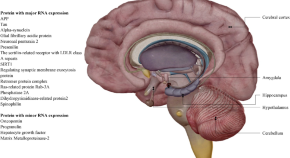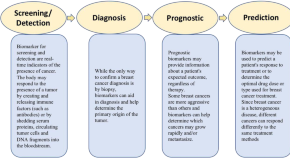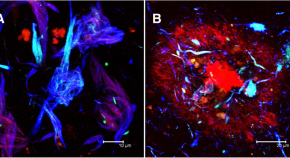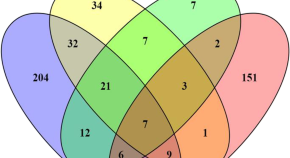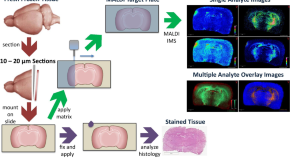A systematic survey of advances in retinal imaging modalities for Alzheimer’s disease diagnosis
Authors
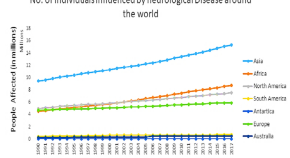
Collection
Due to the population growth and healthcare advancements that have extended human longevity, early diagnosis of debilitating neurodegenerative disorders such as Parkinson’s disease (PD), Alzheimer's disease (AD), Multiple Sclerosis (MS) and Amyotrophic Lateral Sclerosis (ALS) becomes extremely urgent. This special issue focuses on the identification of early biomarkers, and their clinical applicability for the detection of neurodegenerative diseases prior to clinical symptomatology.
Three articles discuss methods of detection and application of potential PD biomarkers. Pathak et al. 2022 discuss the use of DJ-1 protein and alpha synuclein, as well as uric acid as early biomarkers. Gupta et al. 2022 discuss the utility of serum fractalkine and 3-nitrotyrosine. Finally, Giri et al. 2022 discuss the potential use of urinary alpha-synuclein and specific miRNAs.
Because of the clinical and pathological heterogeneity as well as the genetic complexity of AD, early detection of this debilitating disease is extremely important. Pathak et al. 2022 and Zhou et al. 2022 not only present comprehensive overviews of the various potential serum, cerebrospinal fluid (CSF) and metabolic biomarkers of AD, but also discuss a novel application of PET imaging. While Sharma et al. 2022 discuss some putative protein biomarkers, Ayyadevara et al. 2022 speculate that intrinsically disordered proteins (IDP) in serum could be used as early biomarkers. Retinal imaging for early detection of AD is extensively discussed by Vij and Arora 2022. Setti and Reed, 2022 present comprehensive overview of age- and early AD-associated alteration in network activity of the entorhinal cortex and hippocampus in relation to the spreading of pathological tau. Schnackenberg et al. 2022 discuss the applicability of matrix assisted laser desorption ionization imaging mass spectroscopy (MALDI-IMS) for the detection of neurodegeneration. Finally, Apátiga-Pérez et al. 2022 review the applicability of vascular amyloid deposition and neurovascular dysfunction as early AD biomarkers.
Moreover, Pathak et al. 2022 discuss various challenges of identifying blood-based biomarkers of ALS as well as potential early biomarkers of MS. Kiaei and Kiaei 2022 extensively discuss potential application of RNA-Seq as a powerful diagnostic tool to identify specific RNA in the plasma and CSF of ALS patients.
In summary, this special issue provides important information about the etiologies and heterogenous neuropathic components of the major neurodegenerative disorders. The articles summarize currently available detection methods, suggest novel approaches to comprehensively study molecular mechanisms, and underline the importance of effective diagnostic procedures.
Disclaimer: These articles reflect the views of the authors and do not necessarily reflect those of the Food and Drug Administration.
Dr. Sumit Sarkar is Research Biologist at National Center for Toxicological Research, US Food and Drug Administration. Dr. Sarkar’s research has been centered on the effects of various neurotoxicants on the components of cerebral neurovascular unit and the role of neurovasculature in neurodegenerative disorders. Recently, his laboratory is addressing the role of microvasculature and diet in altering Alzheimer’s disease (AD) neuropathology as well as identifying AD biomarkers by analyzing immune and neuronal cells and fecal microbiome. Dr. Sarkar has published over 80 scientific articles. He is a Deputy-Chief-Editor of Metabolic Brain Disease.

